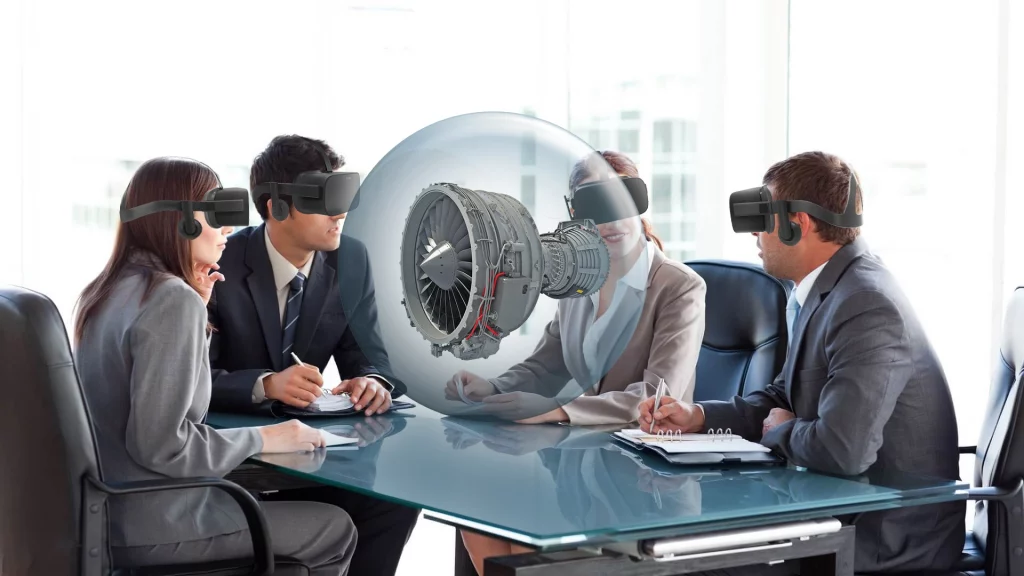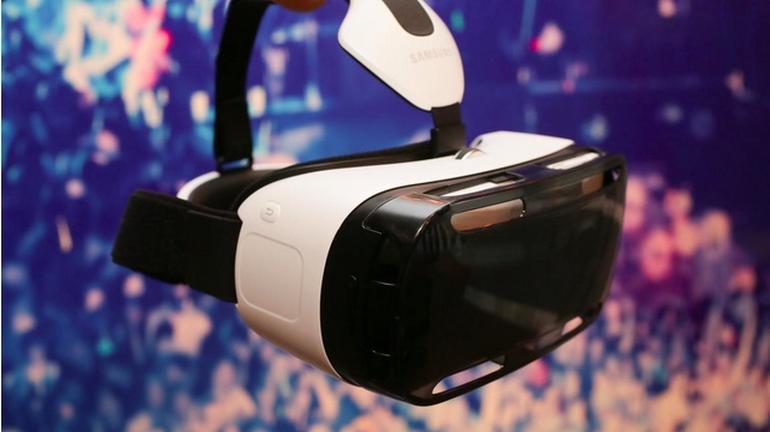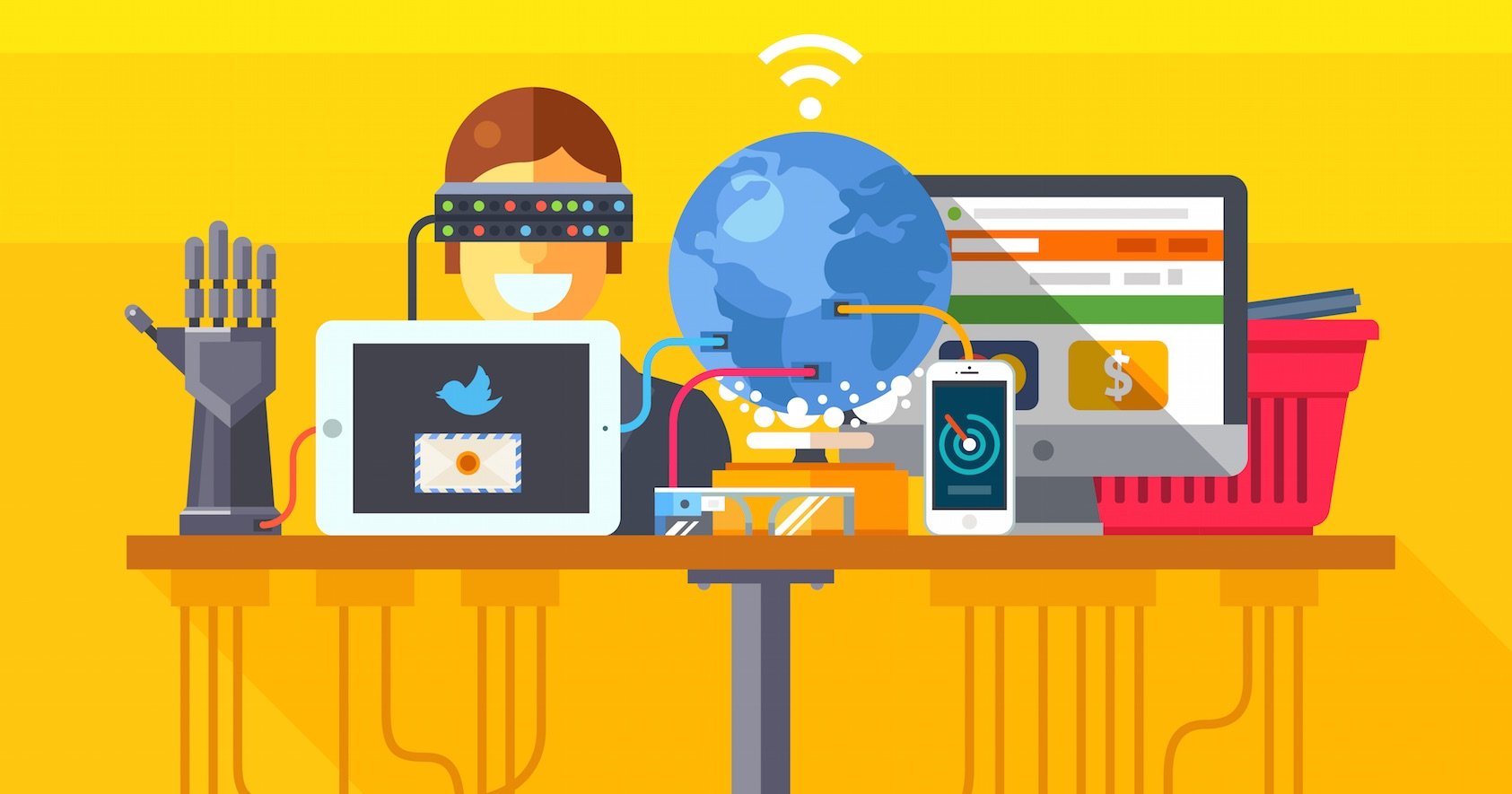

Industrial Augmented Reality (AR) involves the use of special glasses, eyewear and smartphone applications to superimpose digital information on the real-life views of factory workers, increasing productivity, efficiency and safety in manufacturing. Current augmented reality technology in industrial applications has great potential to increase productivity and reduce costs.
Augmented reality brings products to life, and visualization is a core activity in the design process. Virtual reality design views of projects provide a realistic visual experience of a design that transcends the scales and perspectives of planned image reproduction in flat 2D. The use of virtual reality in a design process allows teams to work together to understand the project.
Virtual reality experiences enable designers and engineers to experience models and environments in full scale from the start, rather than having dummies created in the real world at specific intervals during the design process. The production of augmented reality is similar to the use of cameras and special glasses to superimpose digital designs on the real world. It provides insight into the end product during the design phase so you can make changes and improvements at a lower cost.
From a design perspective, VR technology is becoming an effective way to turn sketches and sketches into 3D designs for validation and prototyping. Instead of having to design 3D objects using most of the modeling software of today's 2D environment, designers will be able to use virtual reality for a more accurate experience of creating parts and components as they appear in 2D representations. CAD programs begin to integrate visual VR tools into design processes, and engineers can begin to create in virtual space.
One of the great stories of the past few years has been the development of architectural applications of virtual reality. I would say that in the future it will be not only an important element in each project but also throughout the entire design process. Similar to how additives have changed the way we think in manufacturing, VR will change the way we design new products. The biggest future benefit of VR is the way it allows designers and engineers to be as limited as possible.
Part of the evolution of virtual reality as a design tool is based on the progressive advances in software and hardware provided by virtual reality (VR) providers. Designers benefit from virtual reality for several of the above-mentioned reasons. Virtual reality offers the ability to sell concepts that no other medium can, from basic design maquets to collaborative projects to the finer points that make a building or design good or great.
A complete room or cave requires a virtual reality headset and creates a common virtual environment in which a designer, engineer, QA and other actors collaborate to develop a better product in real time in a real space. Virtual reality and Full Room Headsets offer an unprecedented opportunity to share with potential investors, colleagues, management and stakeholders the full experience and potential of your product design. VR allows teams across the country to collaborate on product design, add details, and solve problems together.
The research presented here attempts to describe the current state of virtual reality and describe how it can be used as a decision-making tool for product design and technology-oriented companies. While VR is not the perfect solution for every challenge, Tone combines three key advantages that it can bring to industrial design projects when used at the right time. We have already seen tangible benefits of augmented reality in design, helping to evaluate concepts and alternatives.
Architects and design specialists can use the technology to show their customers what the finished space will look like. Further developments, design modifications and technical variations can not only be implemented and displayed with AR technologies, but can also be shared with the entire project team in real time. Augmented reality makes it possible to test different ideas, approaches and designs in relevant contexts in early stages of product development before the first real prototypes emerge.
The virtual world is ripe for simulation, which contributes to making VR technology suitable for design. Virtual reality can help drive design, strengthen collaboration, improve quality and control parameters, and provide a seamless customer experience in all design aspects. I believe that VR can be a useful tool in the design process if we are aware of how we can control the situation step by step so that we can design objects that evolve in a real context.

Virtual Reality and its challenges in the market
Virtual Reality usually refers to a specific type of reality emulation perceived and processed by our brains to ensure that we have a rich flow of...

Use of AR and VR to learn soft skills
Virtual Reality is a technology that allows people to perceive a virtual world as a version of reality created in a computer-generated environment...


